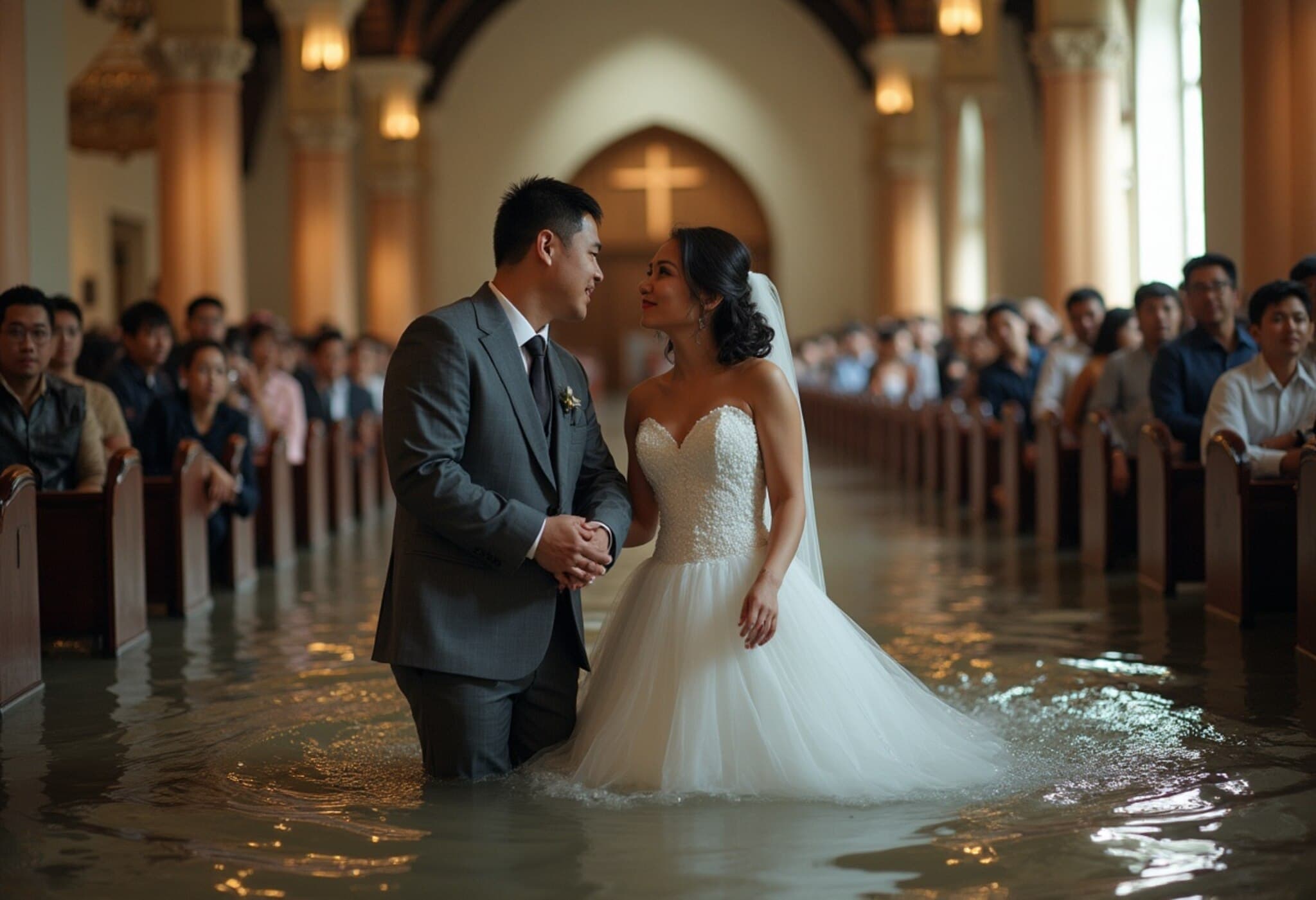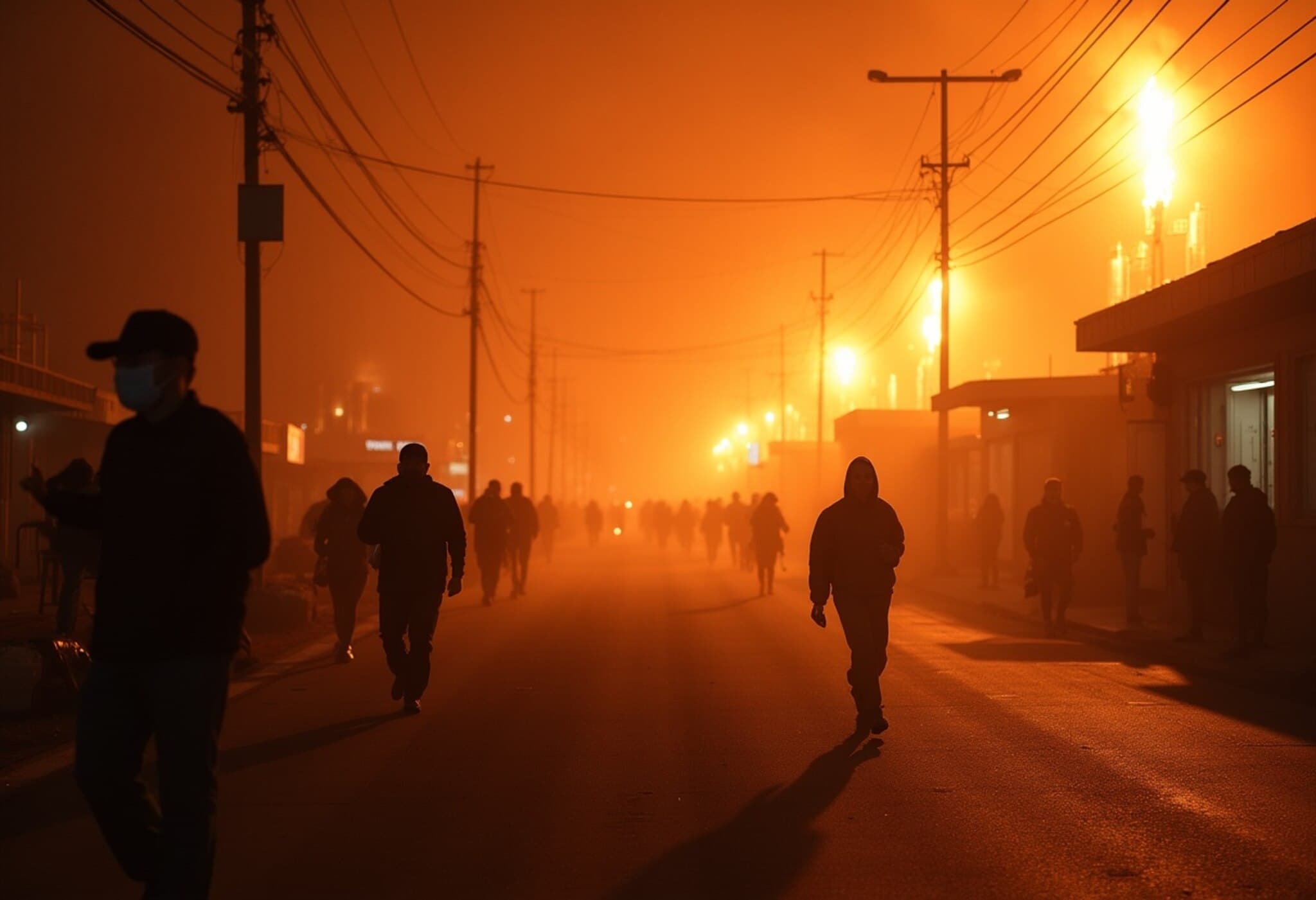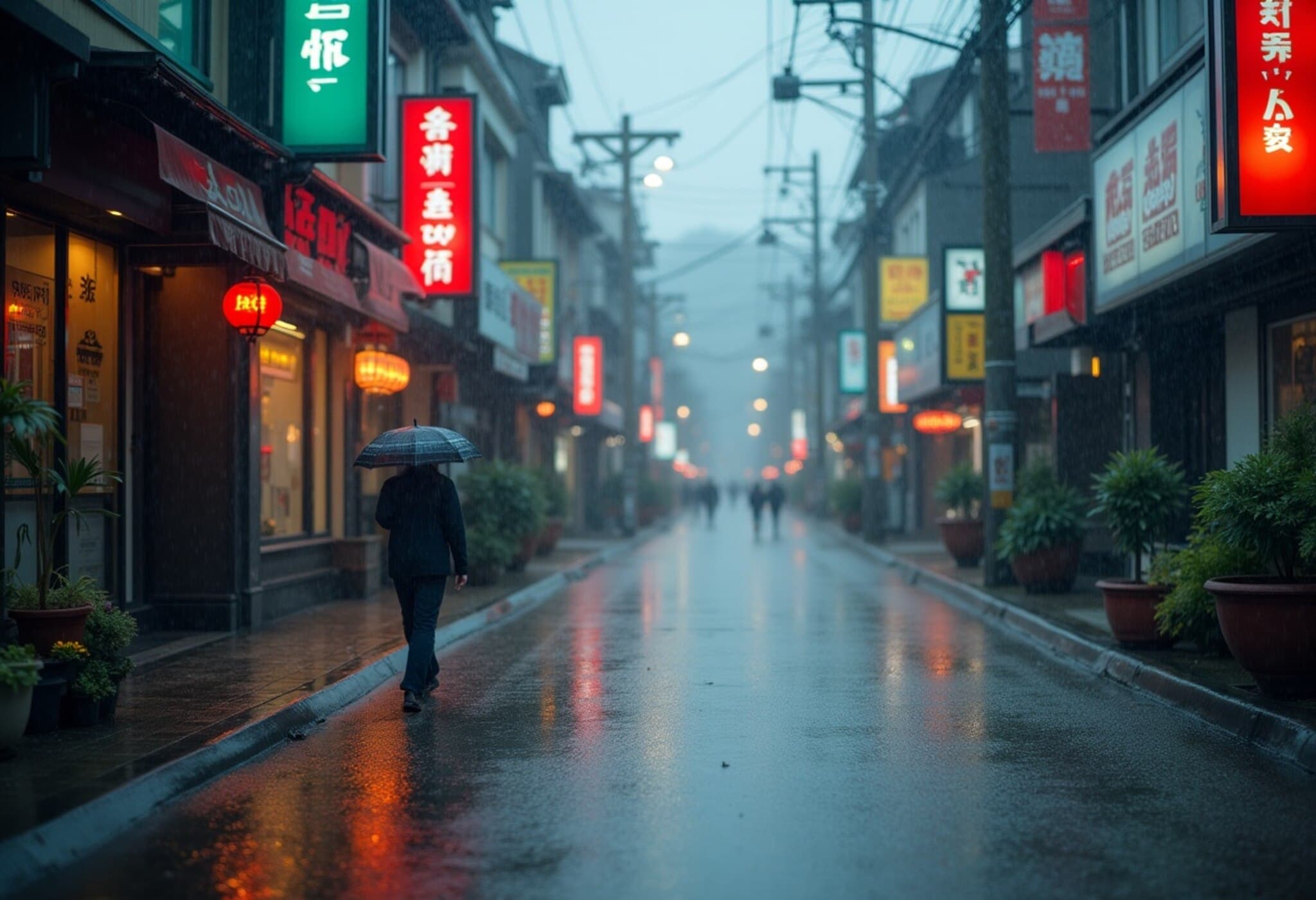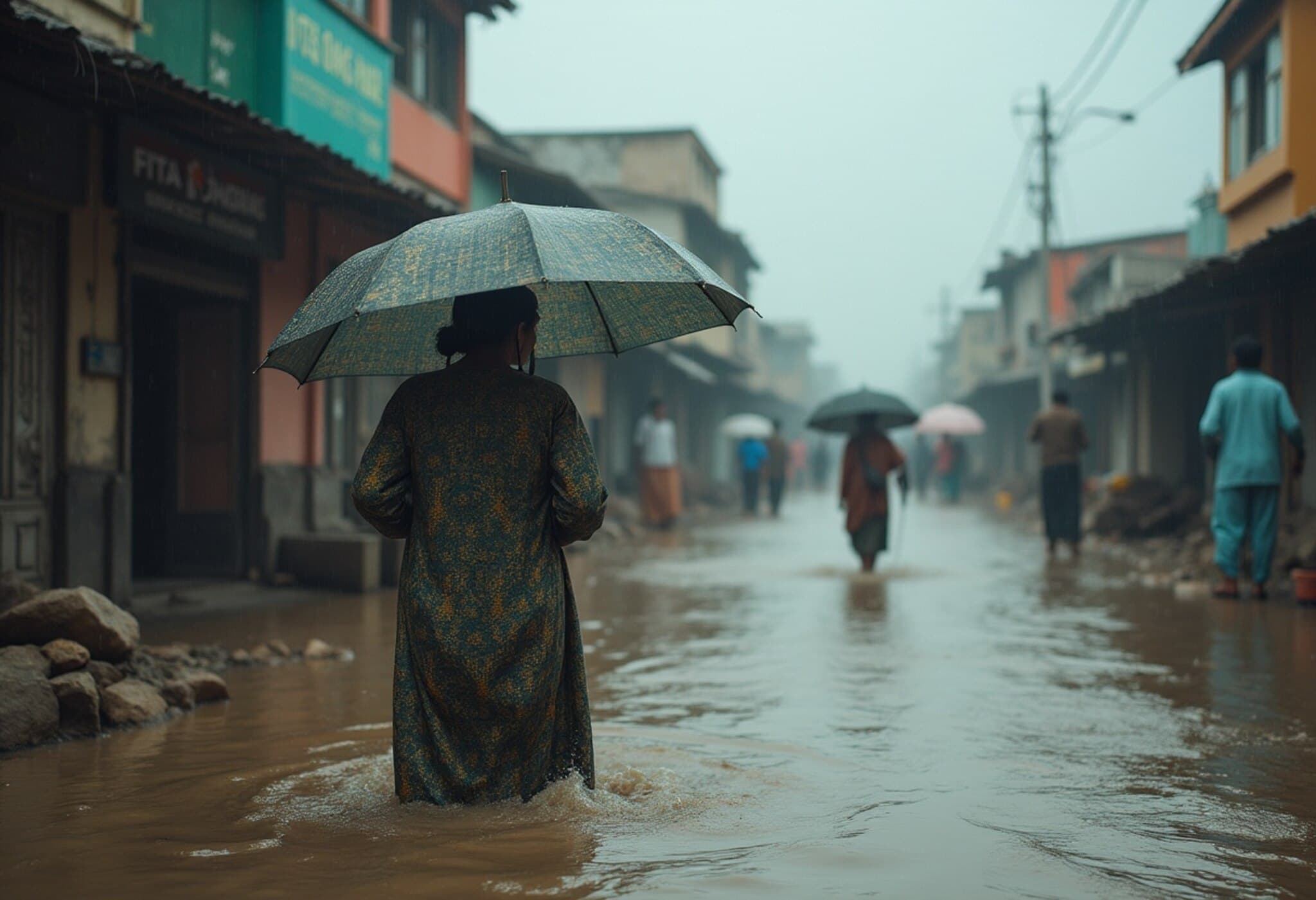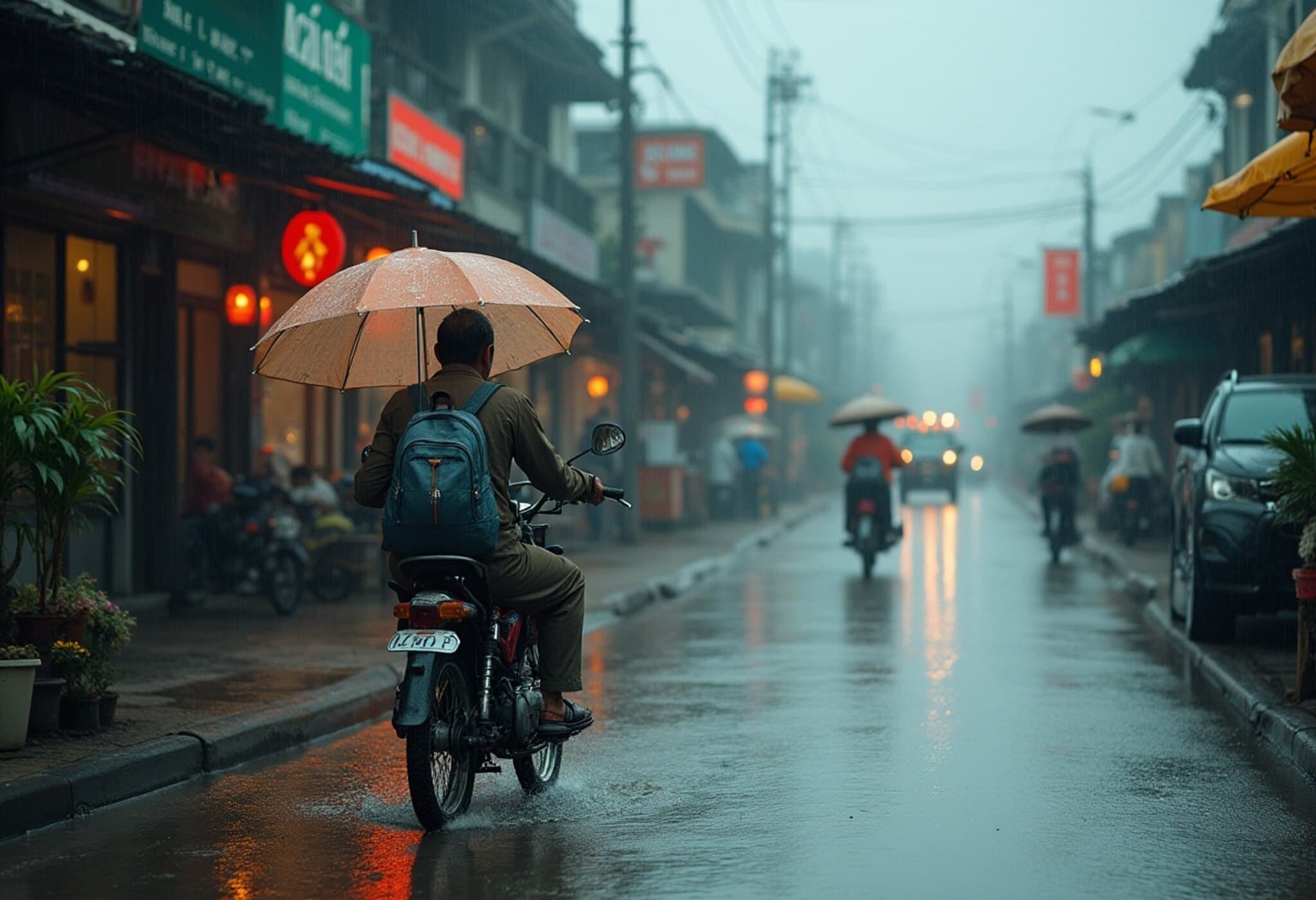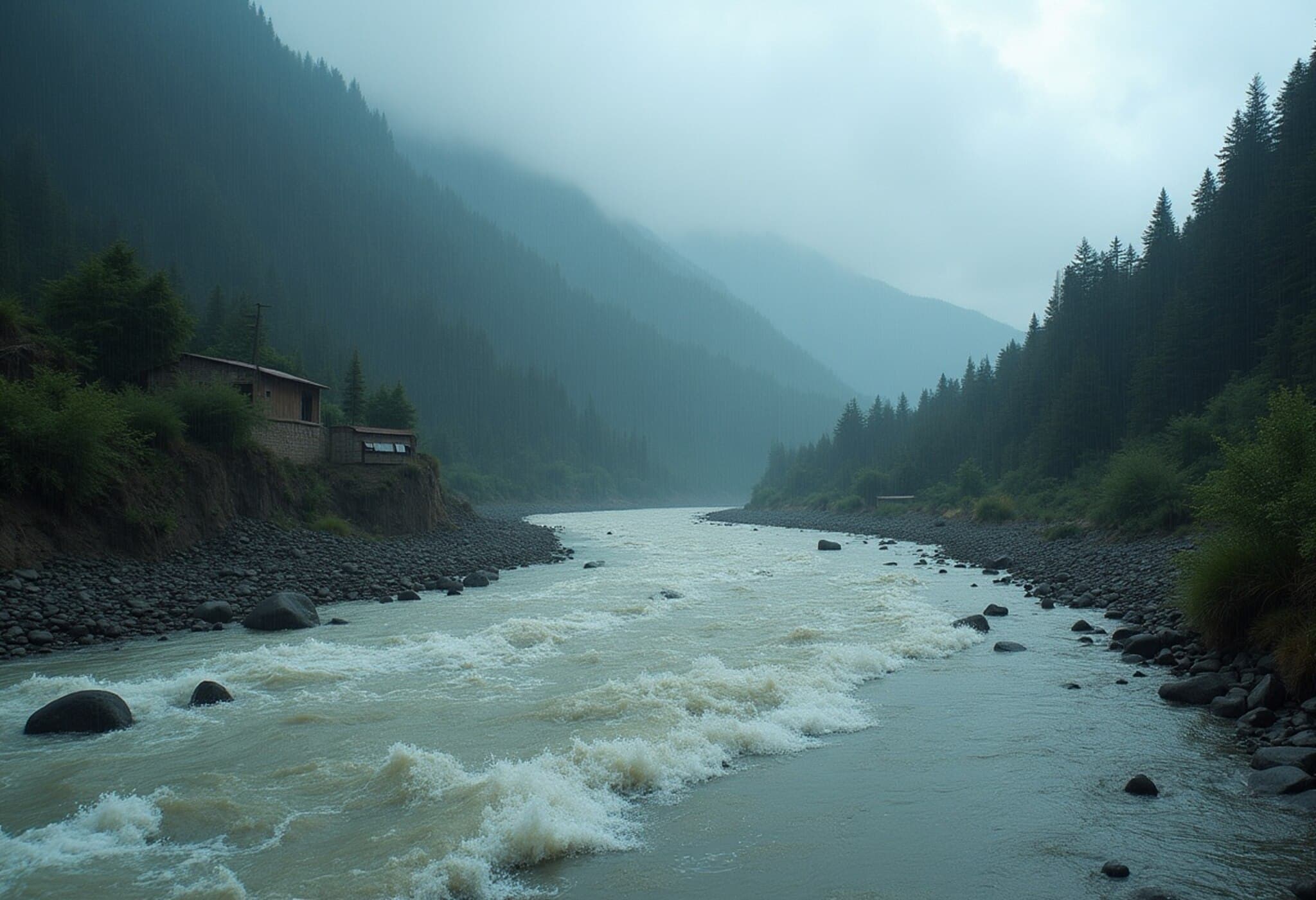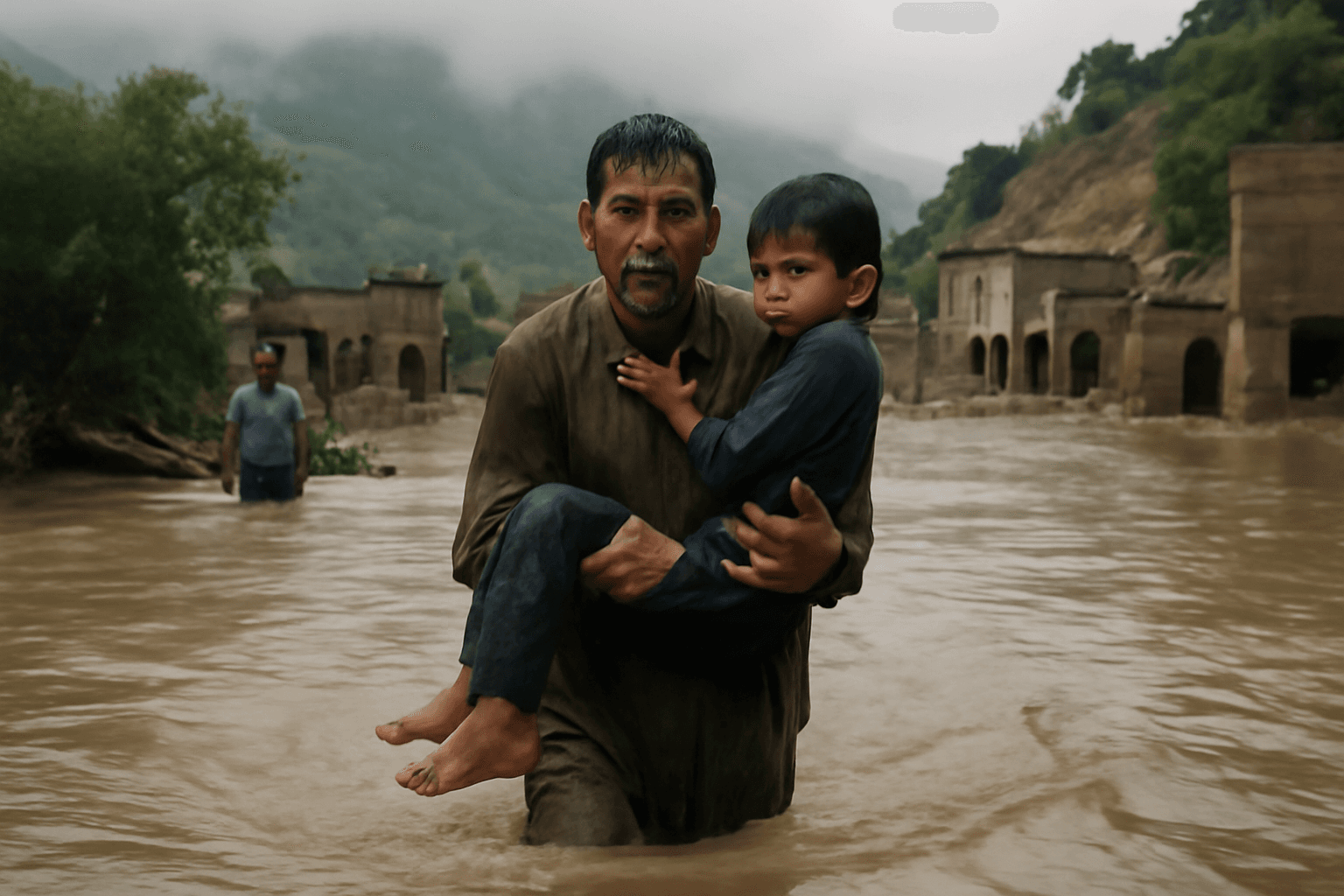A Wedding Unlike Any Other: Vows Exchanged in Flooded Church
In a striking testament to resilience and commitment, a Filipino couple recently tied the knot inside a deeply flooded church near Manila. Amid persistent monsoon rains and the battering of Typhoon Wipha, the wedding proceeded despite the altar and aisle being submerged under knee-deep waters. This poignant scene not only highlighted the couple’s dedication but also cast a spotlight on the urgent and ongoing flooding challenges affecting the Philippines.
The Scene: Tradition Meets Turbulence
On a rainy Sunday, Jamaica Aguilar walked arm-in-arm with her father down the aisle of the historic 19th-century Barasoain Church in Bulacan, just north of Manila. Draped in a cathedral-length veil and dressed in classic bridal white, she made her way through murky floodwaters replacing what would traditionally be a red carpet. Her groom, Jade Rick Verdillo, stood alongside her at the submerged altar as they exchanged vows in front of family and friends who also braved the conditions to witness the ceremony.
"It was challenging," Jade admitted candidly, "but we focused on what truly matters — our relationship and the people who love us." Their determination resonated widely, quickly capturing attention on social media as a symbol of Filipino grit in the face of hardship.
More Than Just a Wedding: The Bigger Flooding Crisis
While this event might seem extraordinary, it is far from an isolated case. The Barasoain Church has endured such floodings repeatedly, with similar waterlogged weddings recorded in 2018 and 2022. What sparks concern is that these beautiful moments unfold amid a backdrop of increasing urban vulnerability.
Experts attribute the flooding problems to a combination of factors:
- Decades of inadequate urban planning that failed to account for natural waterways and proper drainage
- Crumbled and aging drainage infrastructure, particularly in Metro Manila, where over 70% of the sewage system is clogged
- Unregulated construction projects and roads built over previous floodplains, exacerbating water runoff
- Escalating severity of weather events, with stronger typhoons like Wipha becoming more frequent because of climate change
Human Stories Amidst the Flood
For Jamaica Aguilar, the night before the wedding was a moment of profound doubt. "It was 50/50 — I seriously considered canceling," she shared with the BBC. Yet ultimately, the couple chose to embrace their day amid adversity, fully aware of the health risks, as they took doxycycline to prevent waterborne illnesses such as leptospirosis.
The juxtaposition of celebration and tragedy was stark: on the same day, the still-flooded church hosted a funeral, with a white coffin on wooden stilts serving as a somber reminder of the storm’s deadly toll. Typhoon Wipha marked the third major storm to strike the Philippines this year, leaving behind six fatalities and displacing tens of thousands. Unfortunately, the rainy season is far from over, with two more tropical systems forecast to arrive soon.
Policy and Governance: A Test of Leadership
Manila, home to more than 13 million residents, faces immense pressure to modernize its infrastructure and expand disaster resilience. Critics have pointed fingers at the government, especially after images surfaced of workers installing presidential banners in flooded streets, sparking public frustration.
President Ferdinand Marcos Jr., currently in Washington engaging in trade talks, has defended his travel plans by assuring citizens that disaster response agencies are well-prepared. Meanwhile, public works officials acknowledge the daunting challenge before them. Manuel Bonoan, the Secretary of Public Works, emphasizes the need for urgent and comprehensive action, revealing plans for a master flood control strategy backed by the World Bank. Short-term objectives include refurbishing 32 pumping stations critical to draining floodwaters.
Renowned geologist Dr. Mahar Lagmay has underscored the complexity of Manila’s flood issues, highlighting the importance of accounting for Manila Bay’s tides, storm surges, and dam safety — factors often neglected in past urban development.
Looking Ahead: Hope and Realism
Jade Verdillo encapsulated a hopeful yet realistic outlook: "Improvements can’t happen overnight, but with sustained effort, they are achievable. I’m optimistic, especially if we all focus on mitigation and better planning." His words echo a collective yearning among Filipinos for safer, more resilient communities where weddings can proceed on dry, welcoming floors — not flooded aisles.
Editor’s Note
The image of a bride walking through floodwaters to say “I do” serves as a powerful metaphor for the intersection of tradition, climate vulnerability, and governance challenges in the Philippines. Beyond inspiring stories of personal courage, this event raises urgent questions about urban planning, infrastructure investment, and climate adaptation strategies in rapidly urbanizing nations. As extreme weather intensifies globally, Manila’s plight could foreshadow what many densely populated cities might face. Policy makers, civil society, and citizens must unite to craft sustainable solutions that protect lives and traditions alike.

